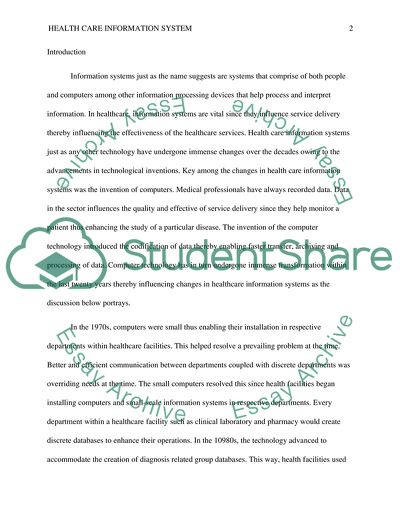Not Found (#404) - StudentShare. https://studentshare.org/medical-science/1857551-evolution-of-healthcare-information-systems
Not Found (#404) - StudentShare. https://studentshare.org/medical-science/1857551-evolution-of-healthcare-information-systems.


